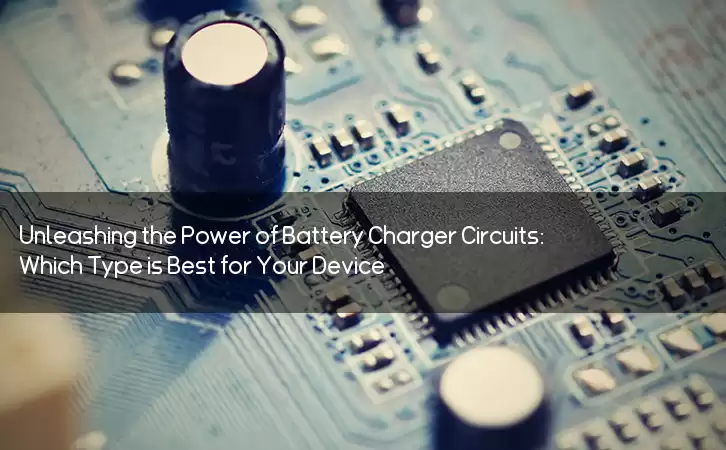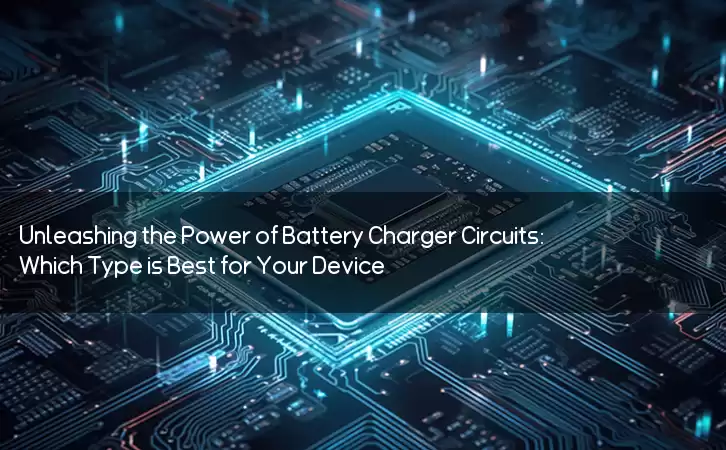Information Center
Unleashing the Power of Battery Charger Circuits: Which Type is Best for Your Device?
Published:2023-08-07 00:34:55 Author:Green WCND Views:72A battery charger circuit is an electronic circuit device that is used to recharge rechargeable batteries. This circuit typically includes a rectifier, filter, and voltage regulator circuitry. Battery chargers are used in a wide range of applications such as powering mobile phones, laptops, electric vehicles, and portable electronic devices.

There are different types of battery charger circuits available in the market. Some of the major types are linear charger, switch-mode charger, and pulse charger. Linear charger circuits are relatively simple and less expensive compared to other types. However, it takes a longer time to charge the battery fully. Switch-mode charger circuits are more complex and expensive but offer faster charging times. Pulse charger circuits are a combination of both linear and switch-mode circuits and offer the fastest charging times.

The function of a battery charger circuit primarily involves taking the input power supply, which is typically an AC power supply, and then converting it into a DC voltage that can be used to recharge the battery. The first part of the circuit is the rectifier, which converts the AC voltage into a DC voltage.
The next part of the circuit is the filter, which removes any fluctuations or ripples that are present in the DC voltage. This stabilized DC voltage is then fed into the voltage regulator circuitry that regulates the voltage to the desired level and maintains a constant charging current. It is important to maintain a constant charging current as a fluctuating current can damage the battery and reduce its lifespan.
The battery charger circuit is designed to also include safety features to prevent overcharging, short circuits, and reverse polarity. Overcharging can cause irreversible damage to the battery and can also be dangerous. Short circuits can result in a fire hazard, and reverse polarity can damage the charging circuitry.
Today, battery charger circuits are increasingly being designed to be more energy-efficient and eco-friendly. Some advanced chargers use solar energy to charge the batteries, which reduces the amount of electricity consumed from the grid and helps to conserve the environment. However, these types of chargers are more expensive than traditional chargers.
In conclusion, battery charger circuits are essential electronic devices that have become an integral part of our daily lives. With the increasing demand for portable electronic devices, the demand for battery chargers is also on the rise. It is important to choose a suitable charger for your device to ensure a longer battery life and reliable performance.
Power Adapter Design and Customization Guide for Portable Electric KettlesI. Common Design Types for Portable Electric Kettle Power AdaptersPortable electric ke···
I. Common Design Types of Power Adapters External Independent Type (Most Common) Design: A standalone adapter (e.g., "black brick") connected to the p···
Handheld Vacuum Cleaner Power Adapter Selection GuideIntroductionHandheld vacuum cleaners have become a mainstream tool for household cleaning due to their port···
Drill Power Adapter Selection Guide.drill-container { font-family: Arial, sans-serif; line-height: 1.6; max-width: 800px; margin: 0 auto; padding: 20px; } .dril···





